Wild Radish Department of Agriculture and Aquaculture

PlantFiles Pictures Wild Radish (Raphanus raphanistrum) by sunnyg
Wild radish (Raphanus raphanistrum) is a weed of both field crops and vegetable fields. In New York, it emerges mainly in the spring (summer annual), although in warmer regions it emerges largely in the fall and winter, and over-winters as a rosette (winter annual). Wild radish can occur in any soil type, but is most competitive in nutrient.

wild radish flower Radish Flowers, Wild Flowers, Cambria, Garden
Introduction. Radish is a major root vegetable crop derived from wild Raphanus species in the agronomically important Brassicaceae. Approximately 100 years ago, wild radish (Raphanus raphanistrum) was introduced into California from Europe and began to hybridize with cultivated radish (R. sativus), which was grown in California by European settlers and their descendants for hundreds of years.
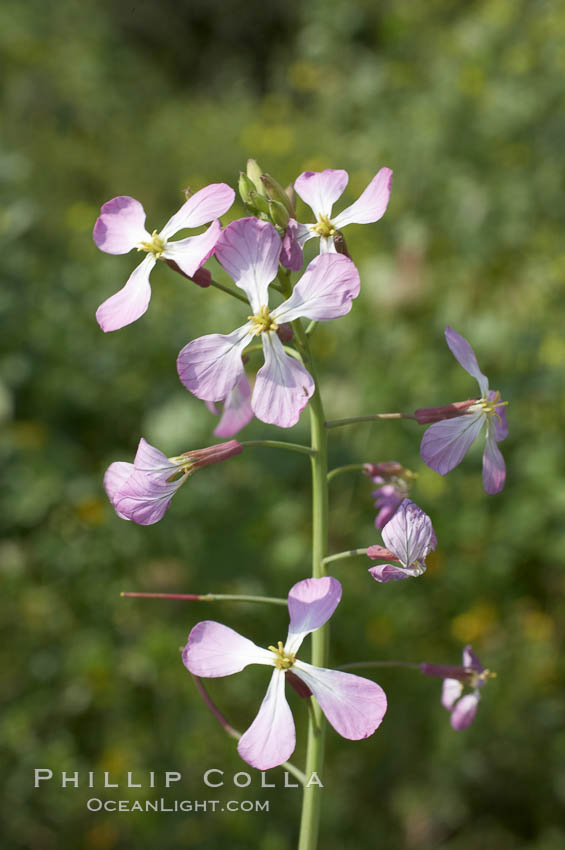
Wild radish blooms in spring, Batiquitos Lagoon, Carlsbad, Raphanus
However, that analysis also demonstrates that California wild radish has now become an evolutionary entity separate from both of its parents. We suggest that the aggressive colonizing behavior of the hybrid-derived lineage probably results from a novel combination of parental traits, rather than genetic variability of the population per se..
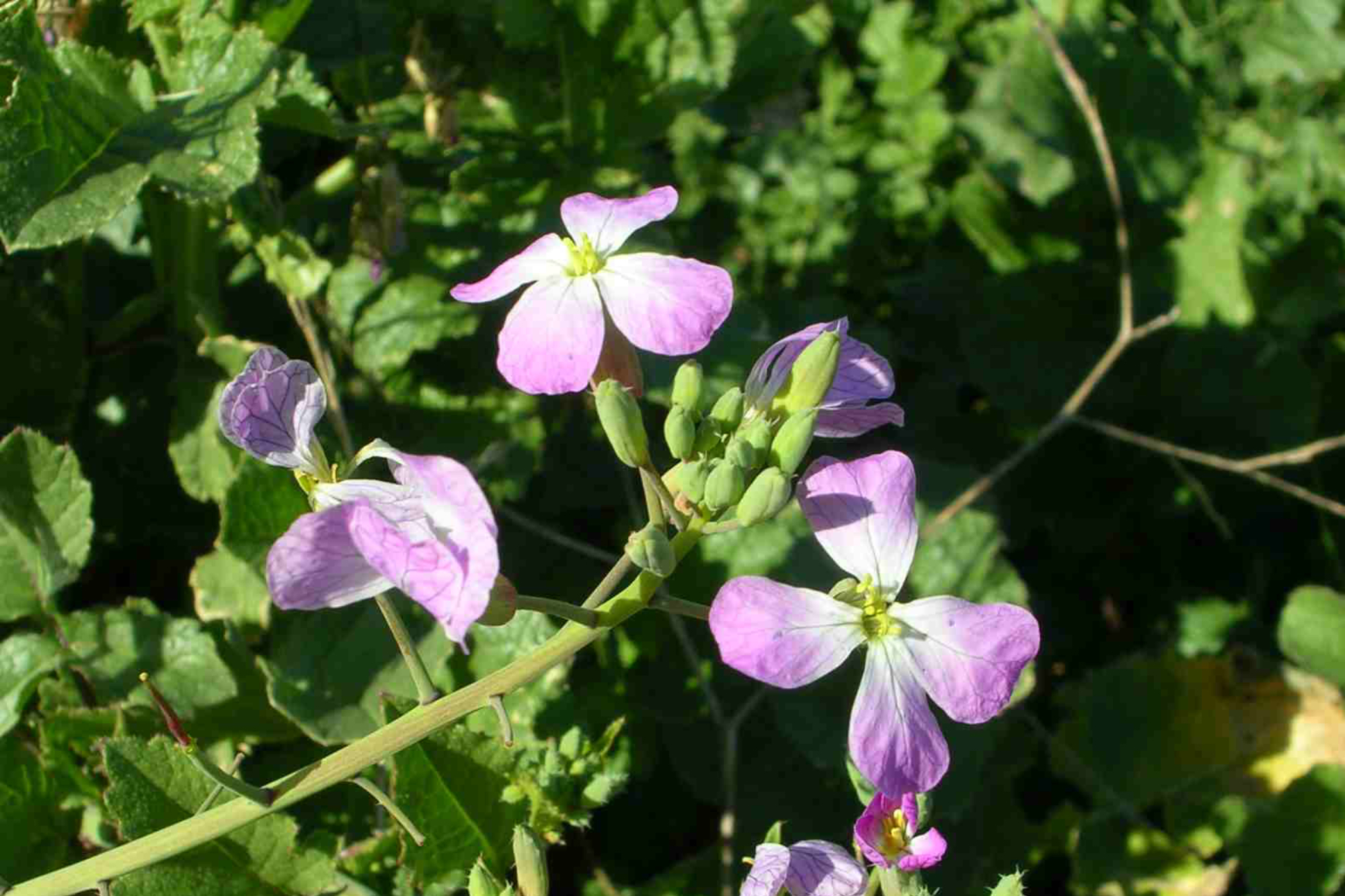
Plant of the Month Wild radish
Wild radish flowers measure about 3/4″ wide, and grow singly one per stem. The plant has a spicy taste very much like domestic radish. Flowers can be tossed in salads, leaves sautéed as greens. Its mild-tasting roots, stripped of their tough outer layer, can be cooked. Pods can be eaten raw, cooked, pickled and preserved.
Nature ID wild radish 11/12/11 Elkhorn Slough
Cultivated radish, Jointed charlock, Wild radish. Raphanus sativus is an annual or biennial herb that is not native to California. Toxicity: Do not eat the leaf of this plant. Calflora: Information on California plants for education, research and conservation, with data contributed by public and private institutions and individuals. [web.

some green leaves are growing in the grass
California wild radish, radish, jointed charlock. California Taxon Report . Description 2, 4, 11, 34. Wild radish is a non-native annual or biennial plant that is common in disturbed areas and is considered a pest in the Reserve where it can quickly cover large areas, preventing the re-establishment of native species..
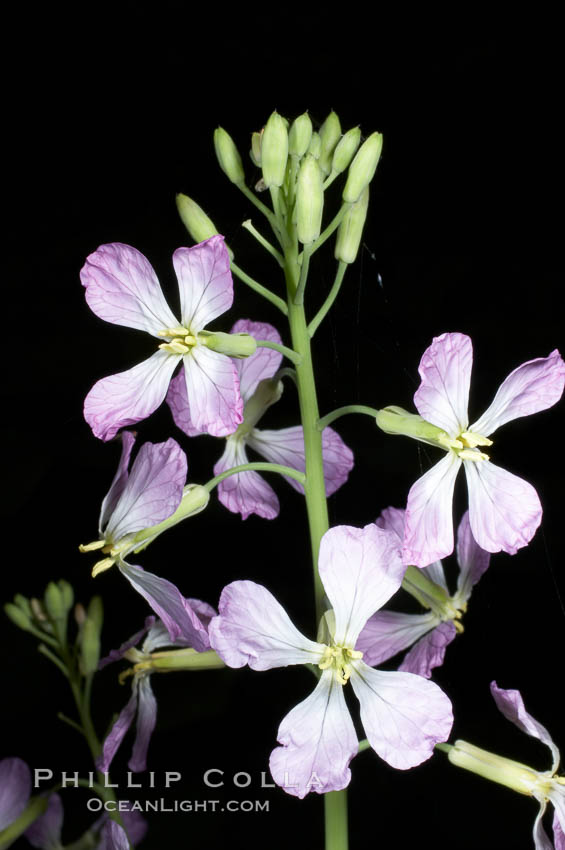
Wild radish blooms in spring, Batiquitos Lagoon, Carlsbad, Raphanus
In California both wild radish and radish, Raphanus sativus, are widespread and where they occur together they readily hybridize. The resulting offspring pose a problem for identification to species because of the range of characteristics they exhibit. Wild radish is found throughout California except for deserts, up to 2600 feet (800 m) and.

P3130254 copy Wild Radish, a common, nonnative California… Flickr
Raphanus sativus (wild radish) is an annual or occasionally a perennial (family Brassicaceae) that frequently invades grasslands and open/disturbed areas, including roadsides in California. Wild radish may also be found in wetland areas. Wild radishes are capable of excluding native plant species and are, on rare occasion, toxic to livestock.
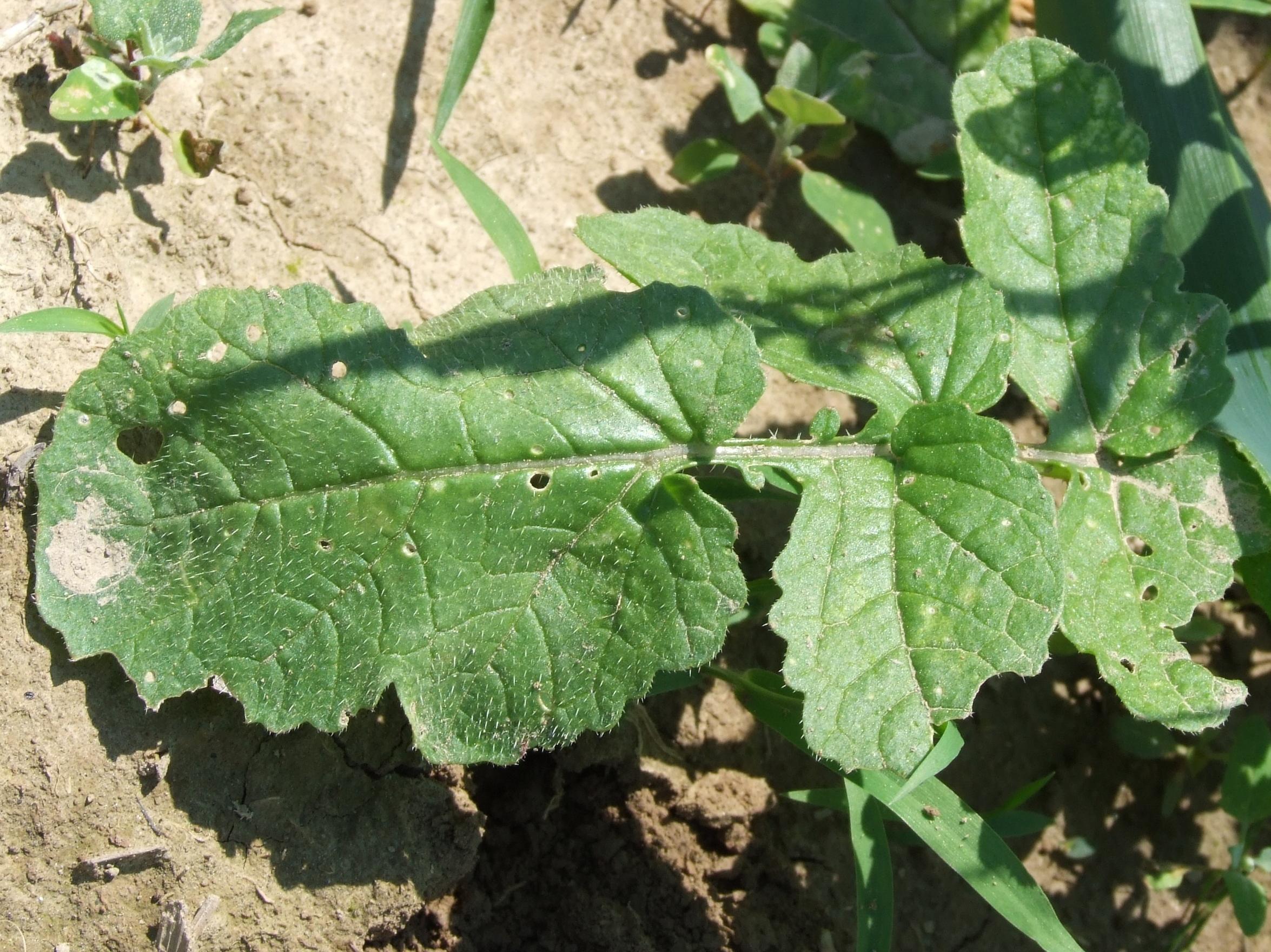
Wild Radish Department of Agriculture and Aquaculture
Jointed charlock, Painted charlock, Wild radish Raphanus raphanistrum is an annual or perennial herb that is not native to California. Plant Range. Observation Search (1311 records). Information on California plants for education, research and conservation, with data contributed by public and private institutions and individuals. [web.

wild radish, Raphanus raphanistrum (Capparales Brassicaceae) 5413813
Wild Radish (Raphanus sativas) Common or Field Mustard (Brassica campestris) Charlock (B. kaber, also B. arvensis) Mediterranean or Summer Mustard (B. geniculata). And we know that black mustard arrived in California sometime during the Spanish Mission period between 1769 and 1824, because its seeds have been found in adobe building bricks.
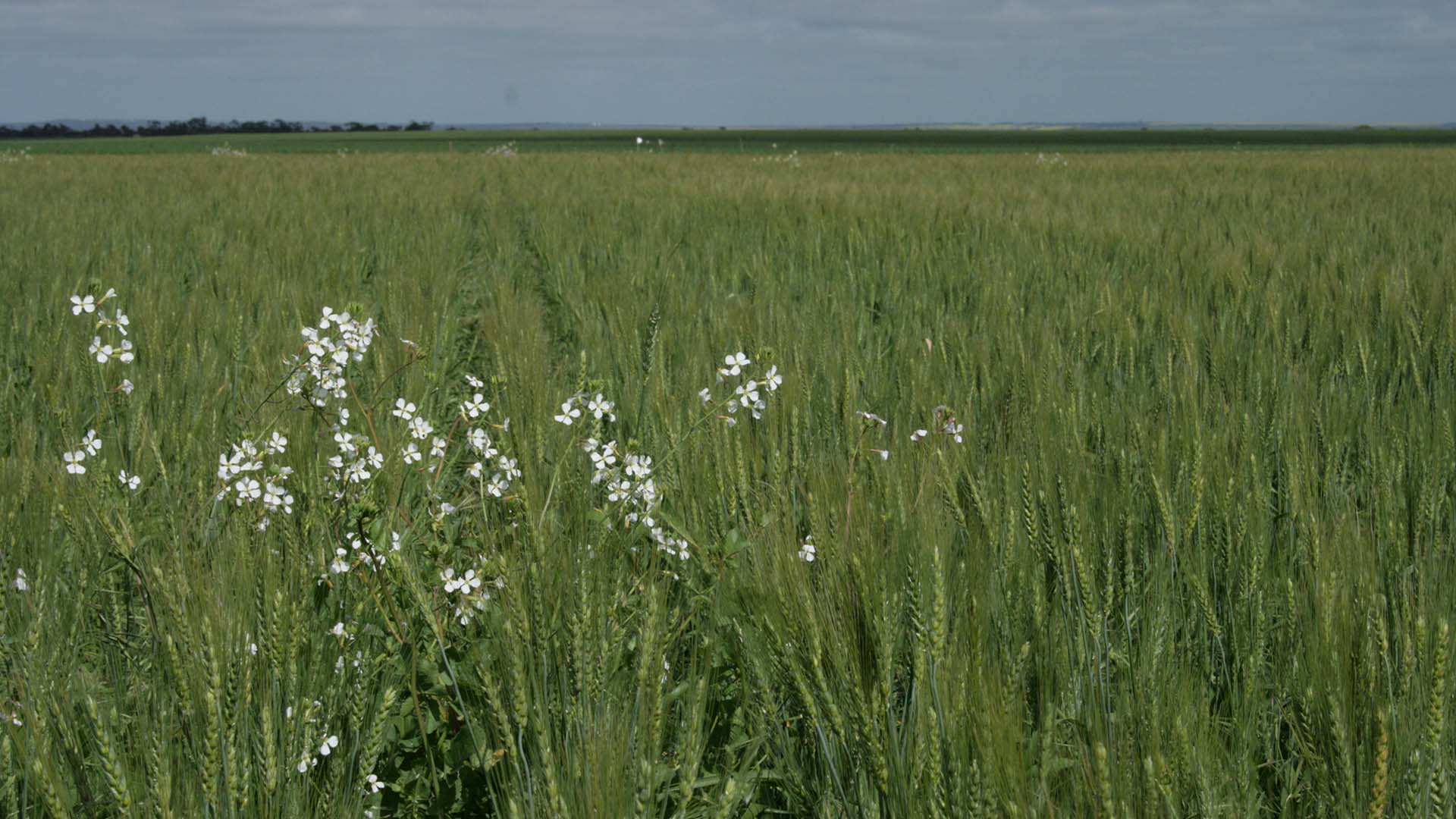
HWSC an option to manage wild radish Groundcover
Habit. Raphanus raphanistrum, also known as wild radish, white charlock or jointed charlock, is a flowering plant in the family Brassicaceae.One of its subspecies, Raphanus raphanistrum subsp. sativus, includes a diverse variety of cultivated radishes.The species is native to western Asia, Europe and parts of Northern Africa. It has been introduced into most parts of the world and is regarded.

Wild Radish Department of Agriculture and Aquaculture
California Invasive Plant Council (Cal-IPC) Inventory: R. sativus, Limited Invasiveness . Wild radishes are winter or summer annuals, occasionally biennials. Mature plants are erect and up to 2 ft in height. Their cotyledons are distinctively kidney-shaped and 0.5 to 1 inch long. Plants form rosettes until the flower stem develops at maturity. The
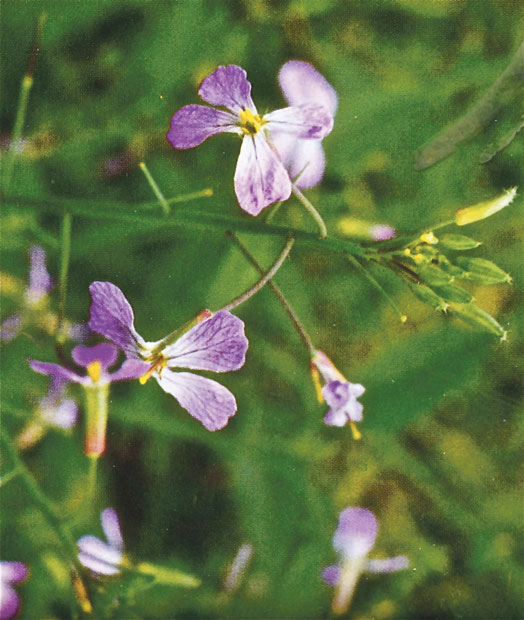
Dr. Dick’s Wildflower Guide Wild Radish and California Poppy Home
Range In State: Throughout California. Description: This exotic biennial of the Mustard Family is from southern Asia and has lavender, pink, yellow or white flowers with 4 dark-veined petals. The elliptical and deeply lobed basal leaves and alternating upper leaves have coarse hairs. Wild Radish can reach 3 feet in height and has a taproot.

PlantFiles Pictures Wild Radish (Raphanus raphanistrum) by sunnyg
Edible Wild Plants Of California: Wild Radish At Verde Partnership Garden Verde Elementary School North Richmond California
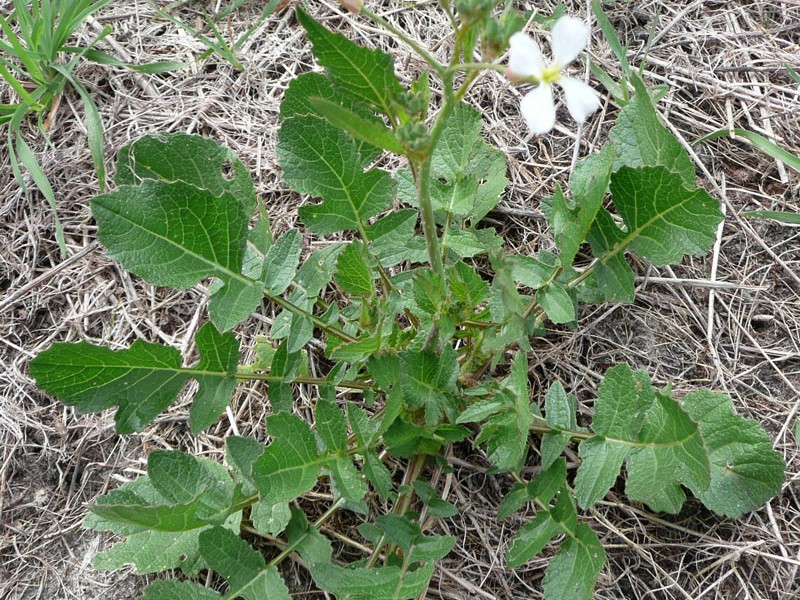
Wild Radish Barmac Pty Ltd
Common name(s): wild radish; Synonym(s): R. raphanistrum var. sativus; All names: Raphanus sativus, R. raphanistrum var. sativus, wild radish, radish Plant Profile;. California Invasive Plant Council 1442-A Walnut St. #462 Berkeley, CA 94709 p: 510-843-3902 f: 510-217-3500 [email protected]
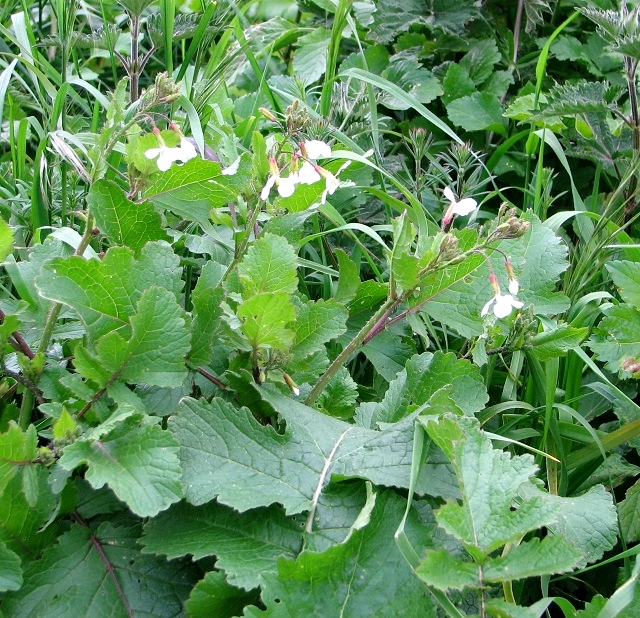
Wild radish (Raphanus raphanistrum) © Evelyn Simak ccbysa/2.0
Wild radish, (Raphanus raphanistrum), widespread annual plant of the mustard family (Brassicaceae), native to Eurasia. Wild radish has naturalized throughout much of the world and is a noxious agricultural weed in many places. The plant is believed by some authorities to be the ancestor of the